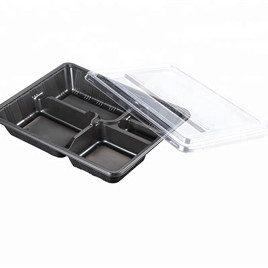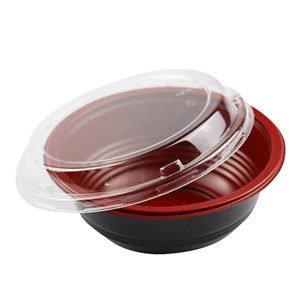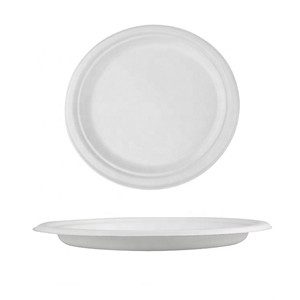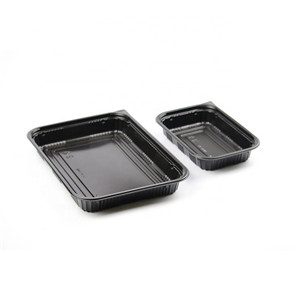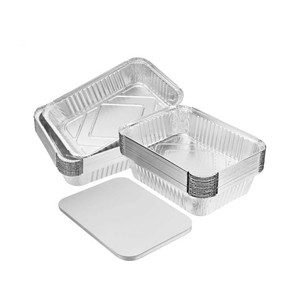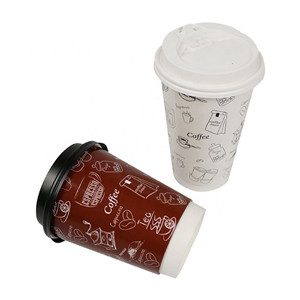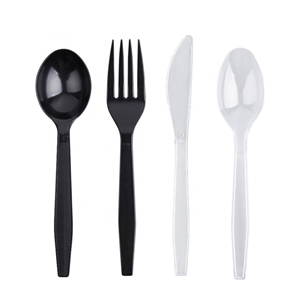Introduction: Cutlery, a term encompassing knives, forks, and spoons, has a rich history that spans centuries and cultures. What once served purely functional purposes in dining has evolved into a manifestation of artistry and craftsmanship. In this blog, we delve into the fascinating journey of cutlery, exploring its historical significance and the modern fusion of functionality and aesthetics.
- Historical Significance of Cutlery The use of cutlery dates back to ancient civilizations, with rudimentary knives and spoons made from materials like wood and bone. As societies progressed, cutlery became a symbol of status and social hierarchy, with elaborate designs crafted for royalty and nobility. The introduction of forks, initially met with resistance, revolutionized dining etiquette and table manners.
- The Age of Craftsmanship During the Renaissance and beyond, cutlery became an expression of artistic craftsmanship. Skilled artisans crafted intricate and ornate designs, adorning cutlery handles with intricate engravings and precious metals. These exquisite pieces were not only functional but also objects of admiration and collectibility.
- Modern Functionality and Design In the modern era, cutlery design has embraced a balance between functionality and aesthetics. Ergonomics play a significant role, ensuring comfort and ease of use. Modern materials like stainless steel offer durability and ease of maintenance. Additionally, minimalist and contemporary designs have gained popularity, reflecting a more streamlined and versatile approach to cutlery.
- Sustainable Cutlery Solutions With a growing emphasis on sustainability, eco-friendly cutlery materials have emerged. Biodegradable and compostable cutlery made from materials like bamboo or cornstarch provide eco-conscious alternatives to traditional plastics. These sustainable options cater to the environmentally conscious consumer, promoting greener dining practices.
Conclusion: The evolution of cutlery from its functional beginnings to a form of artistry exemplifies its cultural and historical significance. Today, cutlery designs blend functionality and aesthetics, accommodating modern dining practices and ergonomic considerations. With sustainability at the forefront, the future of cutlery is likely to embrace more eco-friendly solutions, showcasing a harmonious fusion of tradition and innovation.


